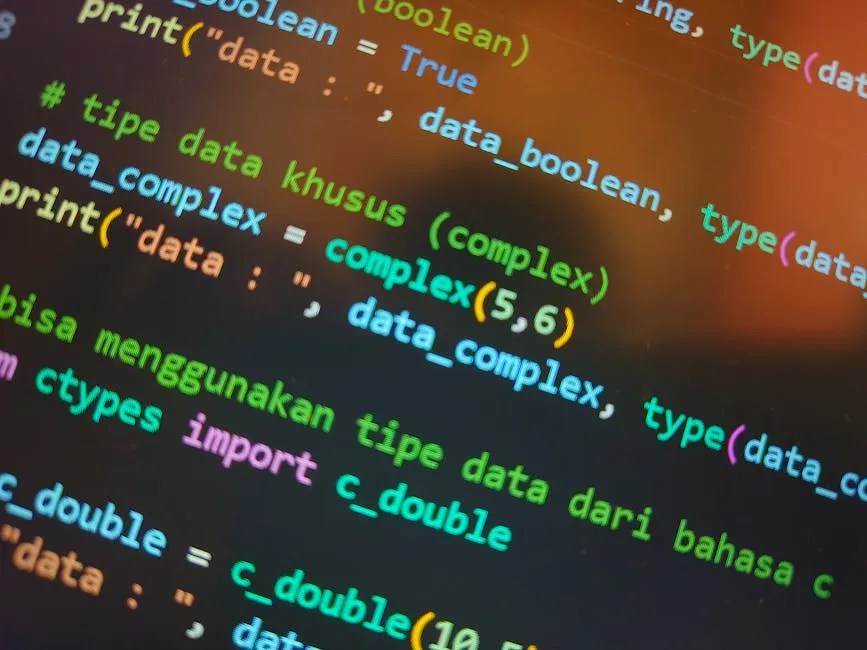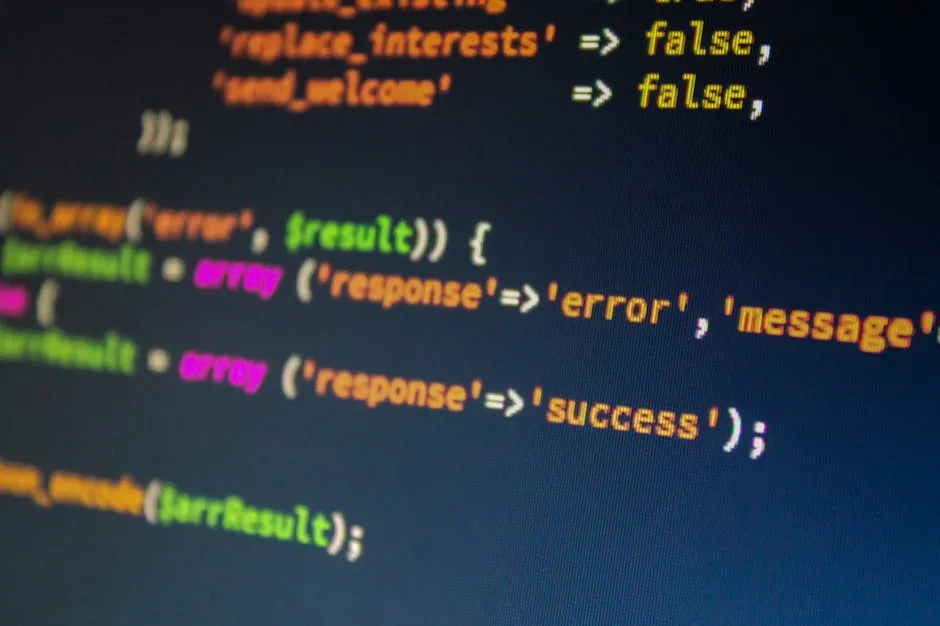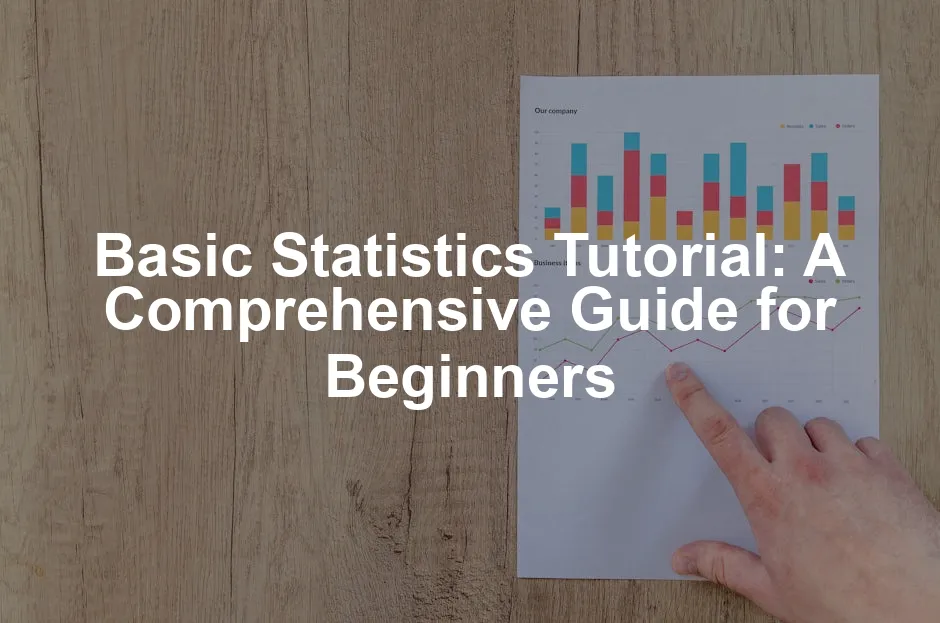Introduction
Statistics plays a vital role in fields like data science, business, and research. It helps us make sense of data and draw meaningful conclusions. This tutorial aims to equip beginners with foundational knowledge in statistics, making complex ideas accessible and relatable. For a deeper dive, consider checking out Statistics for Dummies – it’s a fantastic starting point!
Summary and Overview
In this tutorial, you’ll learn essential statistical concepts that form the backbone of data analysis. We’ll cover descriptive and inferential statistics, providing insights into how we summarize data and make predictions. You’ll explore measures of central tendency, such as mean, median, and mode, which help identify the average values in datasets. Additionally, we’ll discuss hypothesis testing, a systematic approach to making decisions based on data. Understanding these concepts enhances your ability to interpret data effectively, leading to informed decision-making in various contexts.

To delve deeper into the foundational aspects of statistical learning, check out this resource: an introduction to statistical learning with python book length.
Understanding Statistics
What is Statistics?
Statistics is the science of collecting, analyzing, interpreting, and presenting data. It helps us understand trends and patterns. Statistics can be divided into two main branches: descriptive and inferential statistics.
Descriptive statistics summarizes data using measures like averages and percentages. For instance, if you surveyed students’ favorite subjects, descriptive stats could show the most popular choice.
Inferential statistics, on the other hand, allows us to make predictions or inferences about a larger population based on sample data. For example, if you know the average height of a sample of students, you can estimate the average height of all students in a school.
Statistics finds applications across numerous fields, from business analytics and healthcare to social sciences and sports. It empowers individuals and organizations to make data-driven decisions, ensuring more accurate and effective outcomes. If you’re keen on applying statistical methods in business, Data Science for Business is a must-read!

Key Terms in Statistics
Understanding basic statistical terms is crucial for effective data analysis. Let’s break down some essential concepts.
- Population: This refers to the entire group of individuals or items you want to study. For example, all students in a university represent a population.
- Sample: A sample is a smaller subset of the population, used to make inferences about the whole. If a researcher surveys 100 students from that university, this group is the sample.
- Parameter: This is a numerical value that summarizes a characteristic of the population. For instance, the average height of all university students is a parameter.
- Statistic: A statistic summarizes a characteristic of a sample. If the average height of the surveyed 100 students is calculated, that value is a statistic.
Glossary of Terms:
- Population: Entire group of interest.
- Sample: Subset of the population.
- Parameter: Summary measure of a population.
- Statistic: Summary measure of a sample.
Data Collection and Sampling
Types of Data
Data can be categorized into two main types: qualitative and quantitative.
- Qualitative Data: This type describes characteristics or qualities that can’t be measured numerically. For instance, responses like “happy” or “blue” in a survey are qualitative.
- Quantitative Data: Quantitative data consists of numerical values that can be measured. An example is the height of students in centimeters.
Levels of measurement further classify data:
- Nominal: This level involves categories without a specific order, like types of fruit (apples, bananas).
- Ordinal: Ordinal data has a defined order but not equal intervals, such as rankings (first, second, third).
- Interval: Interval data has ordered values with equal intervals but no true zero, like temperature in Celsius.
- Ratio: This level includes ordered values with equal intervals and a true zero point, such as weight in kilograms.
Understanding these types and levels helps in selecting the right statistical methods for analysis. If you’re looking for a comprehensive guide, consider The Art of Statistics: Learning from Data.

Sampling Methods
Sampling methods are crucial in statistics. They help us collect data without needing to survey an entire population. Here are three common techniques:
- Random Sampling: Each member of the population has an equal chance of selection. This method reduces bias and enhances the representativeness of the sample.
- Stratified Sampling: The population is divided into subgroups, or strata, based on characteristics like age or income. Random samples are then taken from each stratum. This ensures all segments of the population are represented.
- Cluster Sampling: This method divides the population into clusters, often geographically. A random selection of these clusters is surveyed. This approach is useful when populations are dispersed, saving time and resources.
The importance of representative samples cannot be overstated. They ensure that the findings can be generalized to the larger population. However, be cautious of potential biases during sampling. Non-random methods can lead to skewed results, misrepresenting the population and affecting conclusions.

Descriptive Statistics
Measures of Central Tendency
Measures of central tendency summarize a dataset’s typical values. The three main measures are mean, median, and mode.
- Mean: The average value, calculated by adding all numbers and dividing by the total count. For example, the heights of five students measured in centimeters (150, 160, 170, 180, 190) yield a mean height of 170 cm. For more details on mean and its implications, refer to what does mean identically distributed in statistics.
- Median: The middle value when numbers are arranged in order. In the previous example, the median is also 170 cm because it sits in the center. For insights on median salary trends, you can check statistics poland median salary 2024.
- Mode: The most frequently occurring value in a dataset. If two students have the same height of 180 cm, then 180 cm is the mode. For a deeper understanding of mode in the context of statistical analysis, see statsmodels residuals statistics.
These measures are significant. The mean provides an overall average, the median offers insight into distribution, and the mode highlights common values. Understanding these helps in data analysis and interpretation, enabling informed decisions based on statistical evidence. If you want to explore more sophisticated concepts, Naked Statistics: Stripping the Dread from the Data is a great read!

Measures of Dispersion
Measures of dispersion help us understand how spread out our data is. Key concepts include range, variance, and standard deviation.
Range is the simplest measure. It calculates the difference between the highest and lowest values. For example, if test scores are 70 and 90, the range is 90 – 70 = 20.
Variance tells us how much the numbers differ from the mean. The formula for variance is:
s^2 = \frac{\sum (x_i - \bar{x})^2}{n-1}Where x_i are the data points, \bar{x} is the mean, and n is the number of observations. A higher variance indicates a wider spread in data.
Standard deviation is the square root of variance. It shows the average distance of each data point from the mean. This is crucial for understanding variability in data.
Understanding these measures is vital. They help you interpret data more effectively, making it easier to identify patterns and outliers. If you want to keep track of your study sessions and time management, consider investing in a Wall Clock for Time Management.

Graphical Representation of Data
Visualizing data is essential for clear communication. Different types of graphs serve various purposes.
- Bar charts display categorical data. Each bar represents a category’s value. Use them to compare different groups. For instance, you might show sales figures for different products.
- Pie charts illustrate proportions. Each slice represents a fraction of the whole. They’re great for showing how different parts contribute to a total, such as market share.
- Histograms visualize frequency distributions. They group data into bins, showing how often values fall within each range. Use histograms to identify patterns, like normal distributions.
- Box plots summarize data using quartiles. They highlight the median, upper, and lower quartiles. Box plots are useful for comparing distributions between several groups.
Choosing the right graph enhances your data’s clarity. It helps your audience grasp complex information quickly, turning raw data into actionable insights. To aid in your graphical analysis, consider using Data Visualization: A Practical Introduction.

Inferential Statistics
Hypothesis Testing
Hypothesis testing is a method used to make decisions based on data. It begins with two competing hypotheses: the null hypothesis (H0), which asserts no effect or difference, and the alternative hypothesis (H1), which suggests an effect or difference exists.
The steps in hypothesis testing are straightforward. First, you state both hypotheses. Next, you collect the data and perform a suitable statistical test. After that, you calculate a p-value, which indicates the probability of observing the data if the null hypothesis is true. Lastly, you compare the p-value to a predetermined significance level (commonly set at 0.05). If the p-value is less than this threshold, you reject the null hypothesis, suggesting that the results are statistically significant. For a comprehensive guide on hypothesis testing, refer to statistics hypothesis testing cheat sheet.
Understanding p-values is crucial. A low p-value indicates strong evidence against the null hypothesis, while a high p-value suggests insufficient evidence to reject it. This process is essential for making informed decisions in research and data analysis. If you’re looking to implement statistical methods in R, consider R for Data Science.

Confidence Intervals
Confidence intervals provide a range of values that likely contain the true population parameter. They help to quantify the uncertainty associated with sample estimates. A common confidence level is 95%, meaning we can be 95% confident that the true value lies within the interval.
The formula for a confidence interval for a population mean is as follows:
\overline{X} \pm t_{(n-1),~\alpha/2} \cdot \frac{s}{\sqrt{n}}Here, \overline{X} is the sample mean, t is the t-score based on the desired confidence level, s is the sample standard deviation, and n is the sample size.
Confidence intervals are vital in statistical inference. They allow researchers to estimate how precise their sample estimates are, guiding decision-making in various fields. A narrow interval suggests a precise estimate, while a wide interval indicates more uncertainty in the estimate. If you’re looking for tools to assist with your data analysis, consider Statistical Software Packages.

Conclusion
In this tutorial, we covered essential concepts in basic statistics, focusing on inferential statistics. Understanding hypothesis testing and confidence intervals is crucial for effective data analysis. These tools enable informed decision-making and deeper insights into data. We encourage you to explore further resources and practice these skills to enhance your statistical proficiency. If you’re looking for a quick overview of statistical methods, Practical Statistics for Data Scientists is a fantastic resource!
Please let us know what you think about our content by leaving a comment down below!
Thank you for reading till here 🙂
All images from Pexels




